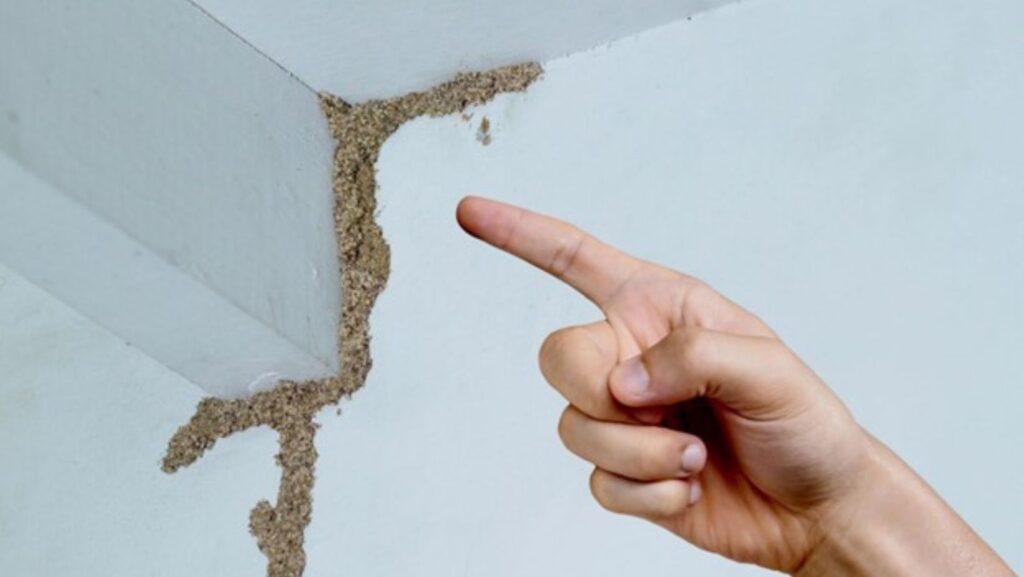
Maintaining the physical integrity of your home is as important as taking care of your personal health, and as a modern parent, and one of the most crucial aspect of this is termite inspection. Despite looking innocuous, termites are capable of extensive damage that can gravely compromise the structure of your home. This article sets out to give you comprehensive knowledge on conducting your own termite inspection, thereby reiterating the importance of this exercise and teaching you how to detect these silent destroyers early. Let’s embark on this journey of safeguarding our homes against these unwelcome guests!
Understanding The Risk of Termites
Unseen and undetected, termites are the invisible foes of every homeowner, gnawing away at the integrity of your house from the very wood it is made out of. Compared to pests like roaches, ants, or spiders, termites are a completely different beast. They eat wood, paper and even cellulose insulation, turning them into their homes – and their buffet table.
Termites typically flourish in concealed, damp locations like your basement, or within walls, where rotting wood and leakages provide the perfect breeding ground for them. If you forget to inspect these areas regularly, a full-blown infestation can come as a nasty surprise, engulfing your entire house within a matter of weeks.
These pests create a labyrinth of mud tubes, which serve as their primary transportation system within the wooden structures of your house – whether it’s the foundation, beams, floor joists, or even the exterior of your home. Their silent, destructive work often goes unnoticed until significant damage has been inflicted, prompting costly repairs and restoration.
Tools You Need for DIY Termite Inspection
Conducting a termite inspection at home can be a worthy challenge, but with the right tools, it can be much easier than you think. To start with, you will need a flashlight, preferably a bright LED one, to clearly illuminate the dark corners of your home. This will allow you to critically perceive and scrutinise the telltale signs of termites.
A standard screwdriver will serve as your probing device, helping you check the solidity of wooden surfaces. Protective gloves are essential to protect yourself from potential bites or skin irritants. And don’t forget a notepad and pen to record your findings for future reference and remedial actions.

If you’re dealing with higher areas, make sure you have a sturdy ladder to aid your mission. It’s always crucial to understand the functionality of your tools prior to commencing the process, and to exercise maximal caution throughout the operation. Look for these tools at your near local hardware store or order them from a trusted online retailer.
Recognising Signs of Termite Infestation
Knowing how to identify signs of termite infestation is half the battle won. There are several indicators you need to look out for. For instance, if the timber sounds hollow when tapped, it likely indicates the presence of termites. Other traces might include the presence of mud tubes along walls or wooden beams, discarded termite wings, or termite droppings near a wooden structure.
Termites can also make their presence known in other ways. Take note if you notice a sudden swarm of winged insects in your home or emerging from the soil around your home. Termites commonly establish their colonies in basements, wooden structures, and furniture pieces. Therefore, having a firm understanding of how these pests operate and identifying their distinctive patterns is of paramount importance to curb their infestation.
Step-by-Step Guideline to DIY Termite Inspection
Now, let’s delve into how you can conduct your termite inspection. Start by assembling all your tools and putting on protective clothing. Your first point of inspection should be the periphery of your house. Check for the existence of mud tubes and examine wooden structures for any damage. Remember, termites generally attack from the bottom up, which makes the foundation of your house a prime location to begin your search. Use your screwdriver to tap or probe any wood or timber you’re suspicious of.
Next, navigate to your attic. Look for signs of infestation, such as mud tubes on rafters or wooden panels, signs of hollowed wood, or discarded wings. Finally, the basement or crawlspace of your house should not be forgotten. These places tend to be damp and often have plenty of wooden surfaces, making them an appealing destination for termites.
It’s important to remember that inspecting your house for termites is not a race but a marathon. Take your time during the inspection and prioritise safety above all, especially when climbing ladders or entering confined spaces.
What to Do in Case of a Termite Infestation
If you detect termites during your inspection, it is important not to panic. There are several over-the-counter treatment options available, such as termite bait systems and liquid termite killers, which can be effective initially.

While DIY remedies can give you a head start, it is often best to engage professional pest control services as they have the required expertise and stronger, more effective pesticides.
Prevention is always better than cure, so practise proactive measures like maintaining low humidity levels in your home, especially in typically moist areas like the basement. You can achieve this by ensuring proper ventilation and promptly fixing any leaking pipes or faucets that create a damp environment. Regularly check wooden structures for damage and institute a practice of not storing old and unused wooden furniture or items, particularly in the basement or garage, as these can easily become potential termite habitats.
Conclusion
Failing to prevent and manage termite infestations can have catastrophic consequences for your home. Regular, thorough DIY termite inspections can dramatically reduce these risks and the associated repair costs. With the right knowledge, tools, and a substantial amount of vigilance, termite inspections can become a straightforward addition to your home maintenance routine. Your home is one of the most significant investments you’ll ever make, so protect it with the same enthusiasm and effort you would devote to other aspects of your life!












